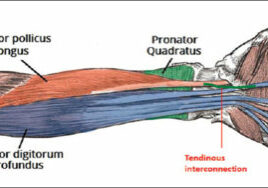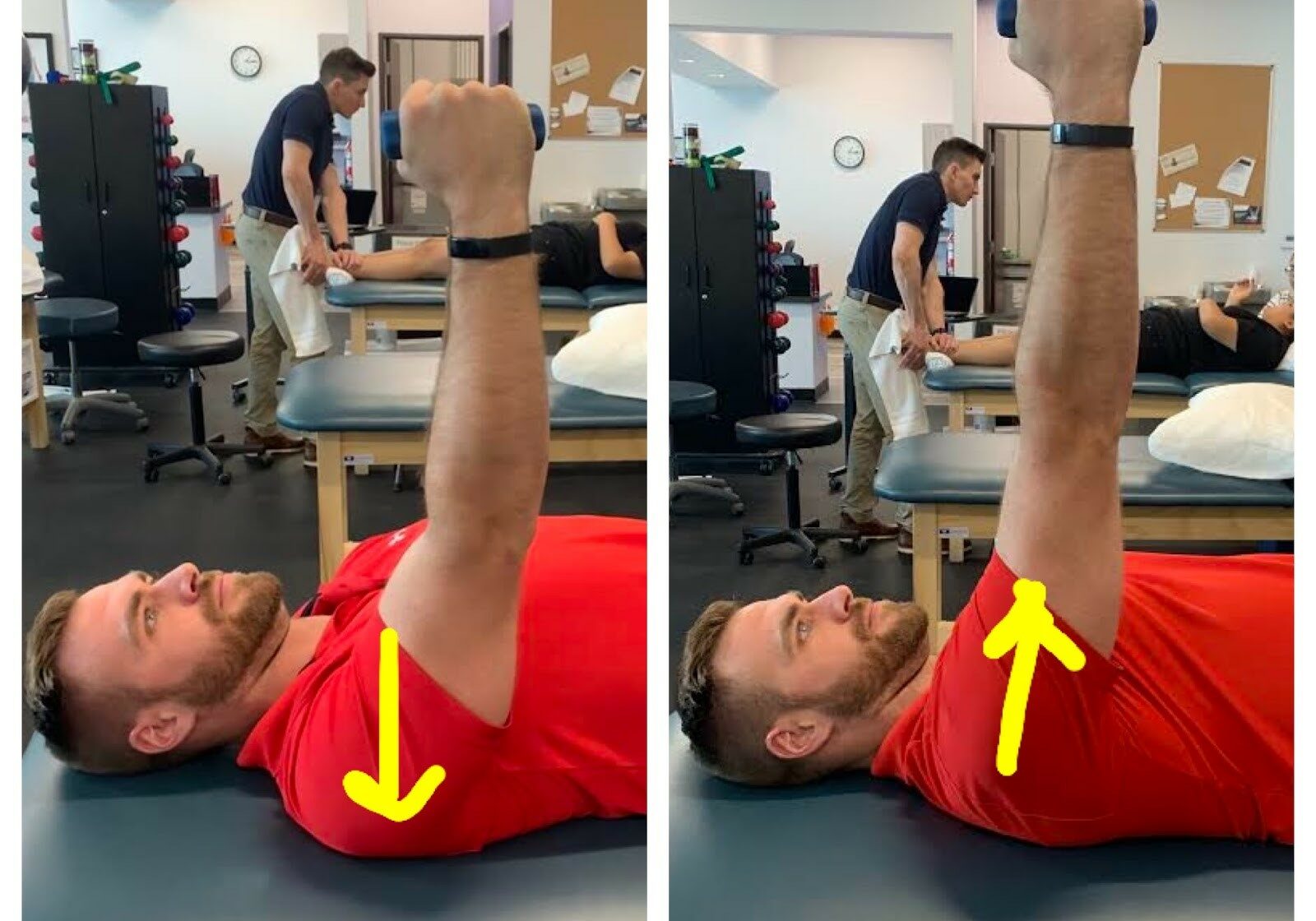Hand Therapy: Conservative Management of Pediatric Monteggia Fractures
Filed under Diagnoses
Conservative Management of Pediatric Monteggia Fractures
Monteggia fractures in children comprise approximately 2% of pediatric elbow fractures and involve a fracture of the proximal ulna with dislocation of the radial head (Fig. 1). The primary concern of Monteggia fractures includes the treatment (monteggia fracture treatment pediatric) and relocation of the radial head, because if left untreated it can lead to chronic elbow disability, progressive deformity, and loss of pronation/supination movement1.
Fig. 1. Pediatric Monteggia fracture showing a proximal ulnar shaft fracture and a proximal radial dislocation.
A study by Foran, et al., 2017 demonstrated that 83% of Monteggia fracture patients were successfully treated with conservative methods and did not require surgical intervention without compromising outcomes or increasing risk of complication. Typically, patients are immobilized either in a cast or custom thermoplastic long-arm orthotic for 4-6 weeks (Fig. 2).
Fig. 2. Custom thermoplastic long-arm/ Muenster orthotic to support forearm and block full elbow range of motion.
Patients are highly monitored throughout the first three weeks, as this is the time period when instability is most likely to occur. If there is adequate healing of the ulna between 4-6 weeks, the cast is removed and the patient transitioned to removable forearm orthotic, at which time, therapy is initiated1.
Special considerations to monitor for:
- Compartment syndrome
- Gradual decreasing range of motion:
- Tendon/nerve injuries
- Skin breakdown
- Risk of recurrent fractures up to 6-12 months
Therapeutic interventions:
- Mobility to wrist/forearm
- Range of motion to all joints involved in orthotic
- Ideas include: painting on vertical surface, playing cards, tossing magnetic darts, wrist maze, sport simulation (overhead tossing, dribbling, racket movements, etc.)
- Building endurance
- Grip/pinch/lift strengthening and weight bearing
- Ideas include: animal walks for weightbearing, wall push-ups against yoga ball,
- Desensitization
- Over fracture site or in fingertips after nerve injury
- Ideas include: sensation kit (small squares of various materials transitioning from smooth to rough: velvet/moleskin, foam, Velcro, netting, sandpaper, etc.)
- Neuromuscular ed-education
- Re-training of movement patterns for ADL’s that are compromised from fracture involvement
- Ideas include: tendon glides, nerve glides, NMES for muscle activation
- Orthotics to prevent joint contractures & promote functional positioning
- Orthotics to protect over fracture site and prevent re-fracture
- Dynamic orthotics to support muscles groups weakened by neuropraxia/ injury
1. Foran, I., Upasami, V.V., Wallace, C.D., Britt, E., Bastrom, T.P., Bomar, J.D., & Pennock, A.T. (2017). Acute pediatric monteggia fractures: A conservative approach to stabilization. Journal of Pediatric Orthopedics, 37(6), 335-341.
More To Read
A New Type of Median Nerve Glides for Carpal Tunnel Syndrome
Meng S, Reissig L.F., Beikircher R, Tzou C. H., Grisold W, Weninger W.J. (2015). Longitudinal gliding of the median nerve in the carpal tunnel: Ultrasound cadaveric evaluation of conventional and novel concepts of nerve mobilization. Archives of physical medicine and rehabilitation 96 (12). doi: 10.1016/j.apmr.2015.08.415. By: Kyle Turcott The Skinny Carpal tunnel syndrome is a…
Read MoreA Fun Fact from a Hand Therapy Student
By: Ammie Ingwaldson Level 2 Fieldwork at a hand therapy clinic is a fast paced and continuous learning experience. The perfect example of this occurred last week while observing a therapist provide a client with their home CMC arthritis program. The therapist was educating the client on how to oppose their thumb to their small…
Read MoreIncreasing Shoulder Range of Motion by improving Scapulohumeral Rhythm
Scapulohumeral rhythm is often the key component when treating shoulder conditions and the reason for the lack of total shoulder range of motion. This may also be a critical component in order to prevent shoulder conditions during rehabilitation of other upper extremity conditions such as distal radius fractures, tendon injuries, and elbow injuries. Scapulohumeral rhythm…
Read MoreSign-up to Get Updates Straight to Your Inbox!
Sign up with us and we will send you regular blog posts on everything hand therapy, notices every time we upload new videos and tutorials, along with handout, protocols, and other useful information.





